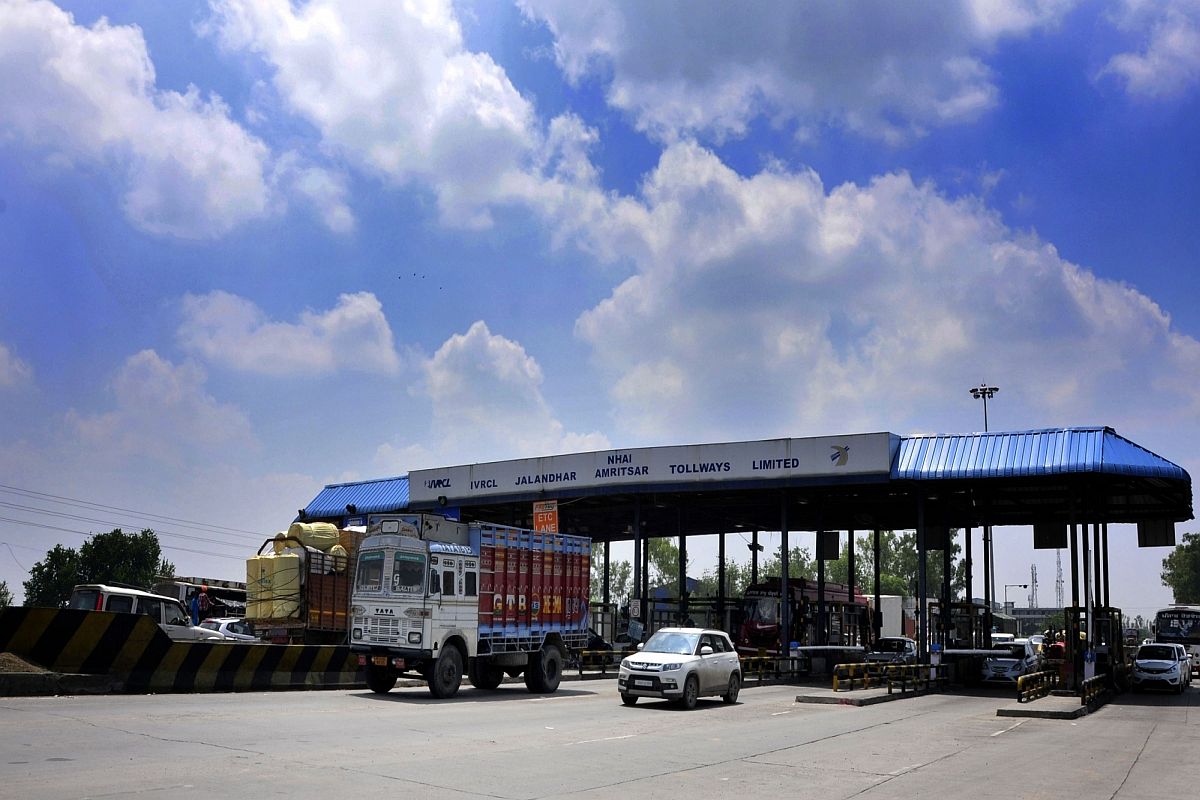Length of National Highways has gone up by more than 50 % from 2014– the year when the Modi Government took, says the Ministry of Road Transport and Highways (MoRTH) claiming that the total length of the Highways has crossed 1,41,000 kilometres.
Despite Covid-19 constraints, the pace of work at National Highways continued with its mission to build good quality National Highways and met almost all its targets, the Ministry claimed here on Friday.
In the last 7 years, length of the NHs has gone up by more than 50% from 91,287 km (as of April 2014) to around 1,41,000 km now and all this happened despite the adverse situation due to Covid restrictions and heavy and long monsoon season, the Ministry said.
The Ministry said the pace of construction increased from 12 km per day in 2014-15 to 37 km per day in 2020-21—almost three times increase. While 4,410 km of NHs were constructed in 2014-15, 13,327 km of NHs were constructed in 2020-21.
Other major initiatives taken by the Ministry was the announcement of the voluntary Vehicle Scrappage Policy that would phase out unfit vehicles from the country.
It would not only reduce pollution, caused by the old, unfit vehicles from the road but also lead to substantial employment generation.
The policy was aimed to create scrapping infrastructure in the form of Automated Testing Stations and Registered Vehicle Scrapping Facilities (RVSFs) across the country. Work on it has already started and the first such facility at Noida was inaugurated recently, the Ministry said.
The Ministry is working actively to realize the Prime Minister’s vision of building an integrated multi-modal national network of transportation and logistics as part of the “PM GatiShakti – National Master Plan”. Work on the Multi-Modal Logistics Parks (MMLPs) gained momentum in 2021, with tenders being invited for two MMLP projects – at Nagpur (Sindhi) and Chennai.
In order to facilitate setting up of Automated Testing Stations (ATSs), the Ministry came out with Rules for recognition, regulation and control of ATSs. These Rules take into account vehicle safety & emission requirements and global best practices and have been incorporated according to the vehicles and systems in place in India, the Ministry said. An automated testing station uses mechanical equipment to automate the various tests required to check fitness to a vehicle.
In another significant step towards seamless movement of vehicles on the National Highways, the Ministry decided that all lanes of the fee plazas on NHs would be declared as “FASTag lane” with effect from February 2021. The step has not only promoted fee payment through digital mode but has also reduced waiting time and fuel consumption. Presently 4.35 crore FASTags have been issued and the average daily collection has reached Rs 106 crore with average daily Electronic Toll Collection (ETC) transactions of 71.38 lakh. FASTag penetration across the country is at around 97 % and many toll plazas are having 99% penetration, the Ministry said.
As many as 728 National and 201 State Highway Fee Plazas have already been made FASTag enabled. According to a rough estimate, FASTag would save around ₹20,000 crore per year on fuel.












